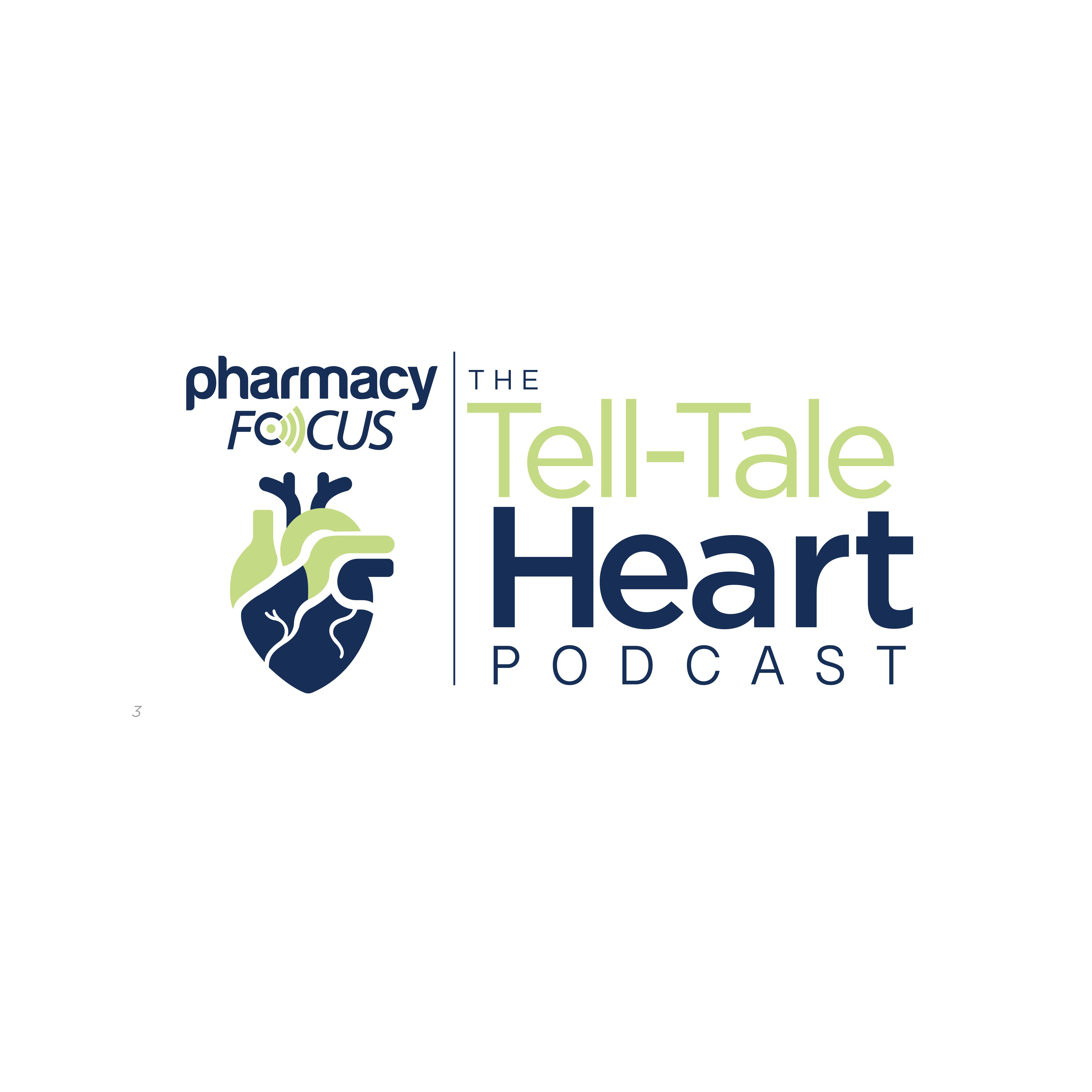
News
Article
Chronic Immune-Related Adverse Effects Common in Patients With Resected Melanoma Treated With Anti-PD-1 Therapy
Author(s):
Researchers found an increase in patients with melanoma who experience chronic immune-related adverse effects at 18 months compared to a previous study with a follow-up point of 6 months.
In patients with high-risk resected melanoma treated with anti-programmed cell death-1 (anti-PD-1) therapy, chronic immune-related adverse effects (irAEs) were highly prevalent and often persisted long-term, according to the results of a study published in the Journal of the American Medical Association.
Image credit: Noelle - stock.adobe.com

Immune checkpoint inhibitors that target PD-1 have become a preferred first-line treatment for melanoma and can prolong recurrence-free survival (RFS) when used as adjuvant therapy. At the same time, it can cause autoimmune AEs that can involve multiple organs throughout the body and may persist for up to 12 weeks.
The trial aimed to assess the long-term outcomes, incidence, and characteristics of anti-PD-1 therapy across various tumor types. The multicenter cohort study involved extended follow-up to determine long-term effects of the therapy. Researchers noted the details of acute (arising during treatment), delayed (arising within 6 months after end of treatment), and chronic (extending at least 3 months after end of treatment) irAEs.
The study included 318 patients with a median (IQR) age of 64 years (52.3-72.0) who were administered nivolumab (255 [80.2%]) and pembrolizumab (63 [19.8%]), of whom 170 patients (53.5%) completed 12 months of therapy.
Acute irAEs and delayed toxic effects were experienced by 226 (71.1%) and 53 (17.0%) patients, respectively. Most of the acute irAEs were grade 2 or above (144 patients [63.7%]), and 114 patients (50.4%) required steroids.
Among all the patients in the full cohort, 147 (46.2%; 95% CI, 0.41%-0.52%) developed chronic toxic effects; 74 (50.3%) of those patients (23.3% of the full cohort) had at least grade 2, and 6 (4.1%) of those patients (1.9% of the full cohort) were grades 3 to 5.
Acute endocrine irAEs afflicted 75 patients and became chronic in 64 (85.3%) of those patients. Of this group, 20 (31.3%) were symptomatic, 55 (85.9%) were grade 2 or more, and 1 (1.6%) was grade 3 (hypophysitis). In addition, 94 of 244 (38.5%) patients with acute nonendocrine irAEs developed chronic irAEs, of which 86 (91.5%) were symptomatic, 26 (27.7%) were grade 2 or more, and 6 (6.4%) were grades 3 to 5.
At the prolonged follow-up point (median [IQR], 1057 [915-1321] days), 54 of 147 patients (36.7%) experienced resolution of their chronic irAEs, whereas 93 of 147 patients had ongoing chronic toxic effects (63.3% of the cohort [95% CI, 0.55-0.71] or 29.2% of original cohort [95% CI, 0.25-0.34]). The median (IQR) time to resolution of chronic irAEs was 19.7 (14.4-31.5) months from the beginning of anti-PD-1 treatment and 11.2 (8.1-20.7) months from the cessation of anti-PD-1.
Fifty-five (59.1% or 17.3% of original cohort) of the 93 patients with persistent toxic effects present at last follow-up were grade 2 or above, whereas 41 (44.1% or 12.9% of original cohort) remained symptomatic. The researchers found that hypothyroid (38 [40.9%]), adrenal insufficiency (8 [8.6%]), arthritis (18 [19.4%]), dermatitis or pruritus (9 [0.7%]), and hypophysitis (8 [8.6%]) represented the majority of persistent irAEs.
Regarding disease outcomes, compared to 77 patients without chronic irAEs (45.0%), 48 patients with chronic irAE (32.7%) developed disease recurrence, 18 (12.2%) had regional recurrence, and 30 (20.4%) had metastatic recurrence. An exploratory analysis indicated that patients with chronic irAEs demonstrated longer median RFS and overall survival compared to those without chronic irAEs.
The investigators found that with at least 18 months of follow-up, 35.4% of patients had a resolution of their chronic irAEs, which was an increase from their previous study that showed 14.4% of chronic toxic effects resolved with at least 6 months follow-up. They speculated that some patients have ongoing inflammation that leads to chronic irAEs and could result in permanent damage to the patient.
“The high prevalence of chronic irAEs suggests the importance of considering the risk-benefit ratio when initiating adjuvant therapy and the need for prolonged monitoring and proactive management of irAEs,” the study authors concluded.
Reference
Goodman RS, Lawless A, Woodford R, et al. Extended follow-up of chronic immune-related adverse events following adjuvant anti–PD-1 therapy for high-risk resected melanoma. JAMA Netw Open. 2023;6(8):e2327145. doi:10.1001/jamanetworkopen.2023.27145
Newsletter
Stay informed on drug updates, treatment guidelines, and pharmacy practice trends—subscribe to Pharmacy Times for weekly clinical insights.
2 Commerce Drive
Cranbury, NJ 08512
All rights reserved.





